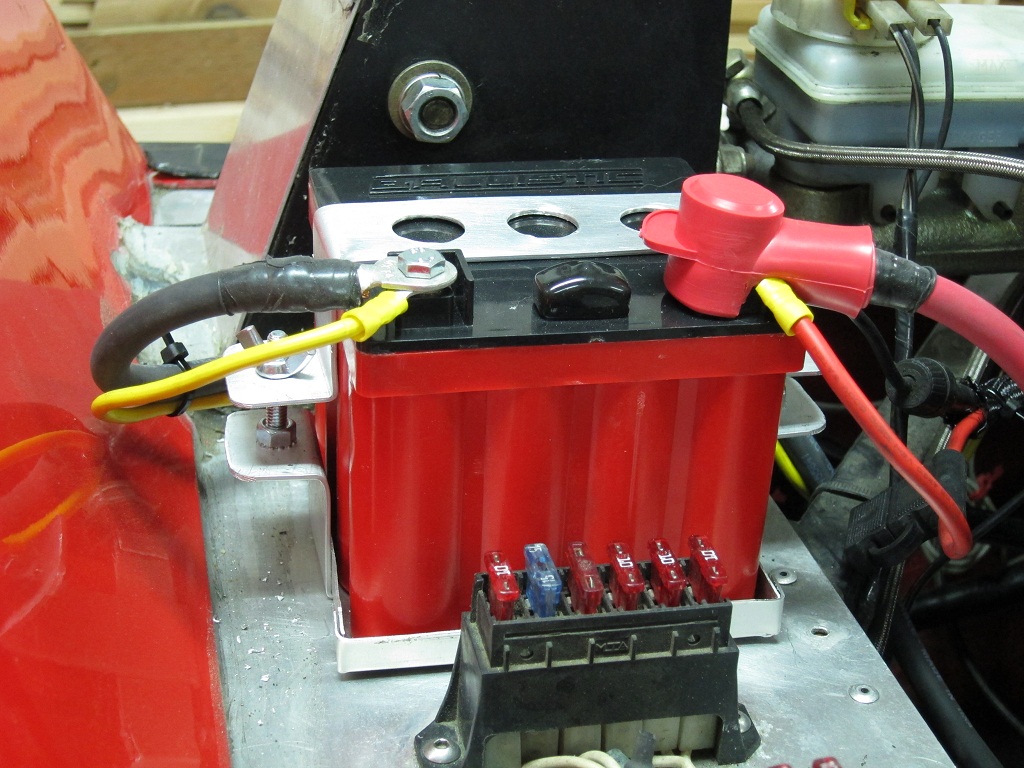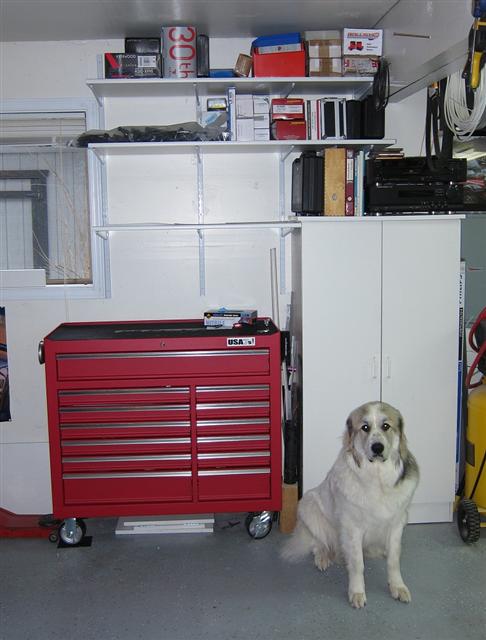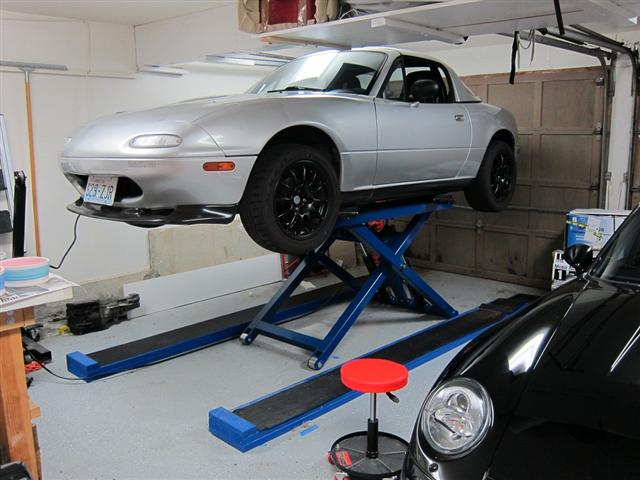This was an incredible learning experience. I opted to have the machine shop assemble the short block, and Steve Haniford (aka Progressive Automotive) refresh the head and re-profile the valves, while I took on the project management, assembly, and excessive swearing. The biggest surprise for me throughout the process was the realization that the Duratec really isn't intended to be rebuilt. It's not design aspects that are problematic, but rather the availability of seemingly innocuous little parts. Do you want high performance bearings in various sizes? Good luck. Need replacement dowel pins for the ones removed when decking the block? Don't ask Ford dealers for the part number. Need replacement part tolerances that align to the original to ensure after-market performance pieces still fit? Dream on.
It's not so much that these things happened which dragged out the timeline, but rather the serial nature of their discovery. It became a biweekly ritual to identify the next minor blocker that required another part or tool order, and another 1-2 weeks lost waiting for said order to arrive, or the issue to be resolved with more labor.
When it was finally time to start the car just long enough to confirm it would run, but not long enough to invoke the 20 minute cam break in procedure that required revs never fall below 2500rpm, the results were mixed. Yes it started, but it didn't quite seem to run on all four. Later, I discovered some bonehead (aka me) forgot to attach the grounding strap to the block. That fixed, the cam break in procedure and drive that followed went well, as did the remaining 500 break-in miles. The only issues were some oil leaks and the throttle return spring in the linkage jettisoning itself during the ring seating procedure (run to 5500 rpm under heavy throttle, then snap off the throttle, coast down in gear to 2500 rpm, and repeat 4 more times). Fortunately the springs on the Jenvey DTHTBs are strong enough to bring the idle back down to normal when the engine is hot, so just a minor inconvenience while I waited for the replacement assembly to arrive from the UK. The oil leaks were weird. After the initial start where it idled for less than 15 seconds, oil was leaking from the bolts on the right side of the sump and from the oil pressure warning light/gauge take off on the opposite side of the block. Miraculously the sump leak fixed itself during the first drive, but the other leak didn't respond to tightening and required removal of the T that attached the low pressure switch to correct.
Dave Walker at Emerald adjusted my previous ignition map to ensure things would be safe(ish) with the much higher compression ratio until the car went on the dyno. Although drivability is great, it does mean power isn't optimized. Unfortunately du to COVID, getting on the dyno is proving an issue. It's unlikely that will happen until the Spring. The good news, is the engine runs very well. No idle, or drivability issues, and despite a tune that's only in the ballpark, it's fast. Yes, it's a little softer below 3000rpm (although adjustments to the ignition map may help here at part throttle), but it's smooth and pulls unapologetically to the current 8000rpm redline. The short video below shows full throttle in 1st and 2nd gears with a short burst into 3rd. Starting rpm was a little below 4000rpm, with shift points at 8000rpm, speeds are 50 mph and 76 mph respectively. (note: video quality is better if opened in YouTube here, rather than as embedded below)




 RSS Feed
RSS Feed
